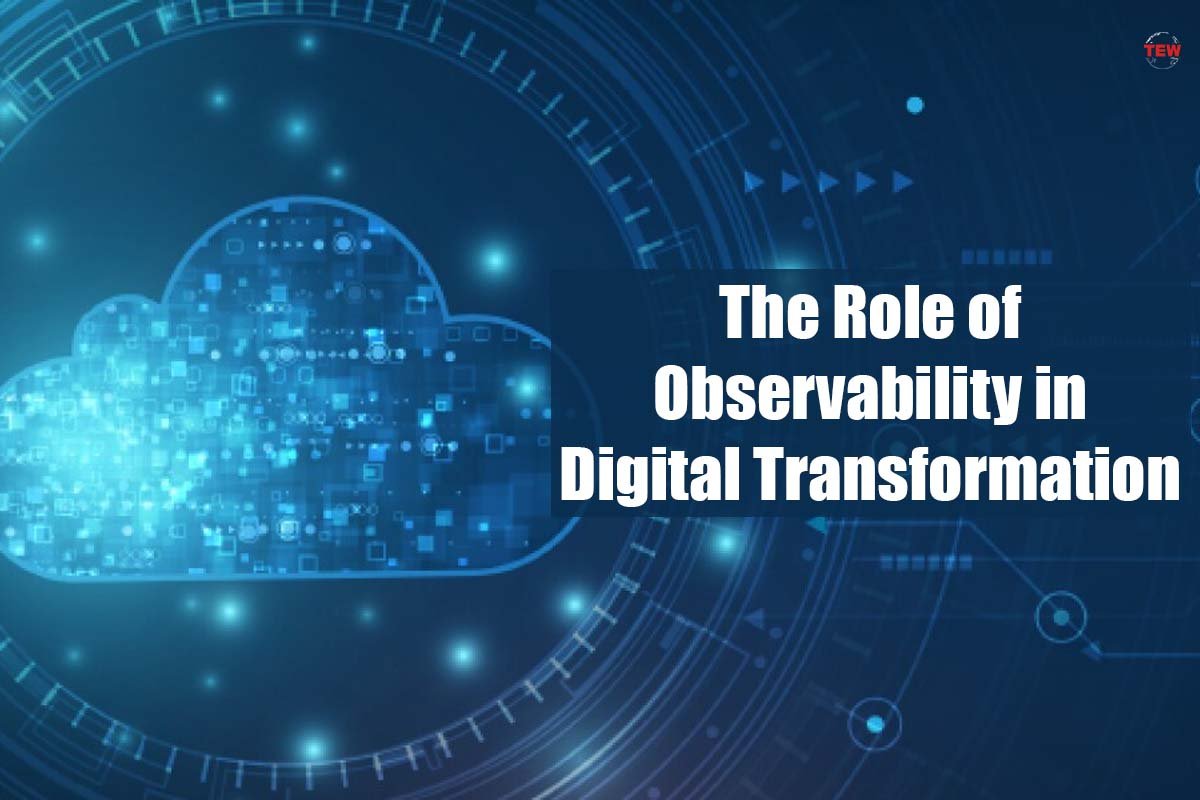In a digital age, it’s crucial that your business can communicate with customers and partners in a timely and effective manner. But how do you ensure that happens when your systems are distributed across multiple locations and platforms? It’s no secret that Observability in Digital Transformation is essential for today’s businesses. And while many organizations achieve it through centralized initiatives, there is another path—one where your systems are more observable.
In this blog post, we’ll explore the benefits of using Digital Transformation practices that are more observable. We’ll also provide tips on how to make this approach work for your organization, from setting goals and measuring progress to embracing collaboration and DevOps culture.
Here Are Some Ways To Describe Observability in Digital Transformation ;
1. What’s The Difference Between Monitoring and Observability in Digital Transformation?
When it comes to monitoring and observability, there is a big difference between the two. Monitoring is usually used to keep an eye on system performance or trends. Observability, on the other hand, is designed to make it easier for people to see how their systems are operating at any given time.

While both of these concepts are important, they have different goals and uses. For instance, monitoring is often used to identify problems and correct them before they become major issues. On the other hand, observability is more concerned with understanding how systems are performing in real time so that users can make better decisions about where to spend their resources.
Both of these concepts have their benefits and drawbacks, but ultimately they should be used in conjunction with one another to get the most out of them. When done correctly, monitoring and observability can help organizations improve their efficiency while ensuring that their systems are running smoothly, says Vaibhav Kakkar, CEO & Founder of Digital Web Solutions.
2. Enhancing the End-User Experience with Observability in Digital Transformation
Observability in Digital Transformation is a key component of digital transformation and improvement initiatives. Through observability, organizations can identify and diagnose problems in real time, allowing for rapid resolution. By understanding how the system is behaving under normal and abnormal conditions, organizations can make informed decisions about how to improve their systems.
An effective Observability in Digital Transformation program should be designed from the ground up with an end-user perspective in mind. It should include capabilities that allow users to see what is happening within their applications and networks, as well as the interactions between them. This data can then be used to identify and address issues before they become problematic.

To get started with an Observability in Digital Transformation program, it’s important to have a solid baseline understanding of your systems and how they function. This includes establishing metrics for important aspects of the system such as performance, availability, and latency. Once you have this information, you can begin to deploy advanced monitoring tools that will help you understand your system in detail.
With a detailed understanding of your system, you can begin to identify potential problems early on. By doing this, you can reduce the likelihood that problems will become critical or even catastrophic. In addition to improving system performance and reliability, Observability in Digital Transformation also offers benefits such as increased security and transparency into how systems are being used. With accurate data at our fingertips, we can better understand our customers and their needs—helping us deliver great experiences faster than ever before!, says Robin from KodeKloud.
3. How 2 Steps Boosts Your Observability
Observability in Digital Transformation is a critical dimension of digital transformation, setting the stage for real-time insights and proactive decision-making. The two steps that boost observability are data collection and data analysis. Data collection can be done manually or through a data management platform, such as Hadoop. Data analysis can involve machine learning algorithms to identify patterns in data or using humans to assess outcomes of actions.

Data collections should be powered by real-time streaming so that you can immediately see if there are any issues or abnormalities within the system. This allows you to take swift corrective action before anything goes wrong. Data analysis provides insights into how users are interacting with the system, what features are being used most frequently, and where improvement needs to be made. By understanding your users’ needs and how their behavior changes over time, you can make better decisions about how to improve your product or service. This is thanks to Chris Wainwright, Director of Marketing of Humi.
Conclusion
Digital transformation is a process that involves the integration of new technologies and applications into an organization’s existing infrastructure in order to enable more efficient and effective operations. In order to achieve observability, organizations must be able to monitor all aspects of their digital transformation journey – from planning through execution – so that they can identify any issues as early as possible and take corrective action. This enables them to maximize the benefits of their digital transformations while mitigating any potential risks.\
Observability in Digital Transformation is a growing field with many potential applications. In order to achieve success in this field, it is important to be able to assess the risks and benefits of implementing an observability initiative. While there are many different observability frameworks and tools available, it is important to select the right solution for your organization. Additionally, continual learning is essential in this field, as new methods and technologies emerge that could improve the visibility of your organization.
Modern Observability in Digital Transformation is a growing field with many opportunities for businesses and organizations to improve their situational awareness. There are several different types of observability tools and techniques, and there is no one way to achieve situational awareness. However, by using a variety of methods and tools, organizations can develop an accurate picture of their surroundings and make better decisions based on that information.




